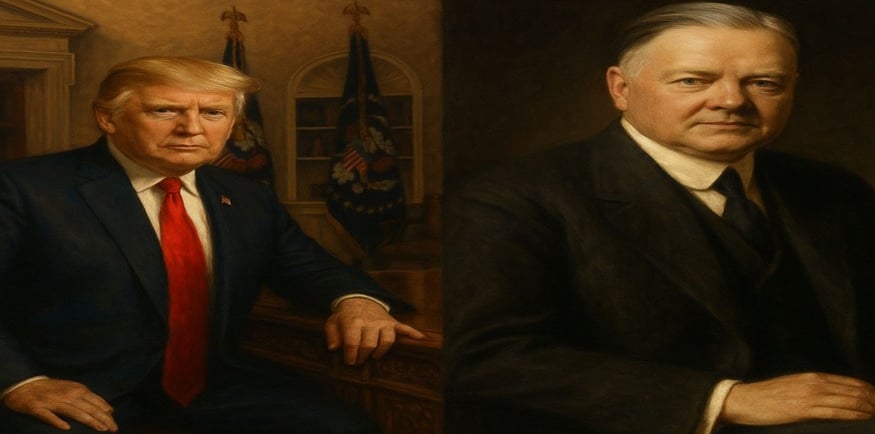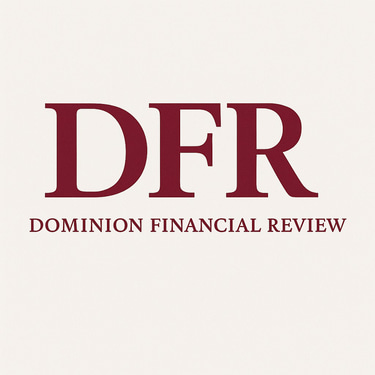Add your promotional text...
Tariffs Then and Now: A Cautionary Comparison
Dominion Financial Review explores the Smoot-Hawley Tariff Act’s role in the Great Depression and Trump’s tariffs on China, revealing how trade barriers historically disrupt markets and economies, offering cautionary insights for today.
Jonty Mulholland
4/9/2025


In the 1930s, the United States passed the Smoot-Hawley Tariff Act, dramatically raising taxes on imported goods. Instead of protecting the American economy, it worsened the Great Depression by reducing international trade and provoking retaliatory tariffs from other countries. Global trade shrank, unemployment soared, and the economic downturn deepened as a result (Eichengreen, 1986).
Nearly a century later, the Trump administration imposed its own tariffs, particularly targeting China. While intended to protect U.S. industries and address trade imbalances, these tariffs similarly led to higher consumer prices, disrupted supply chains, and slowed economic growth — effects that echoed the trade contraction of the Great Depression era (Peterson Institute for International Economics, 2019).
Though the global economy today is more interconnected and resilient than it was in the 1930s, the parallels reveal how aggressive tariff policies can still harm both domestic and international markets. History’s lessons suggest that trade barriers often backfire, deepening economic pain instead of offering protection (Irwin, 2017).
References:
• Eichengreen, B. (1986). The Political Economy of the Smoot-Hawley Tariff.
• Irwin, D. A. (2017). Clashing over Commerce: A History of US Trade Policy.
• Peterson Institute for International Economics. (2019). Trump’s Trade War Timeline.
